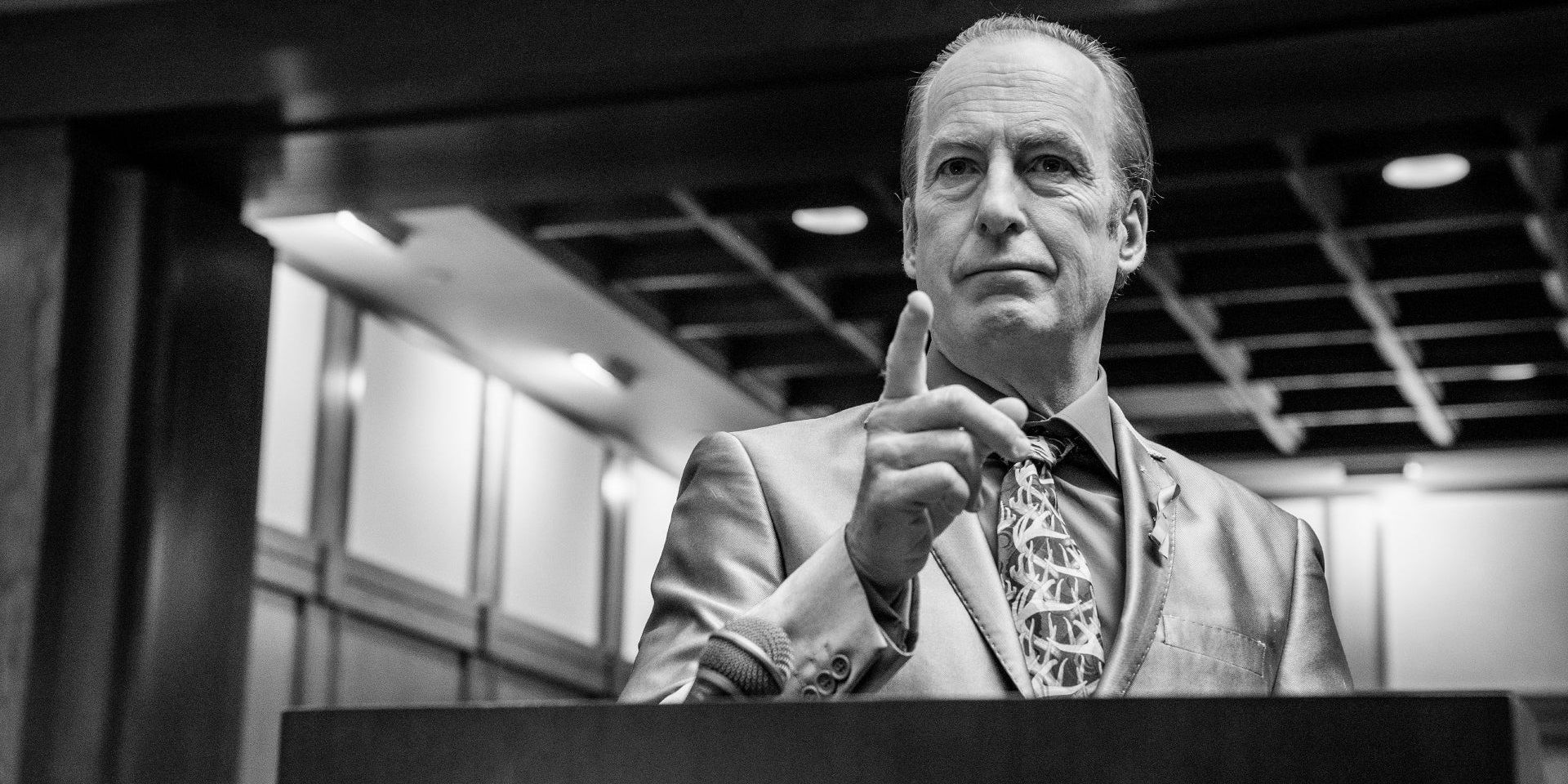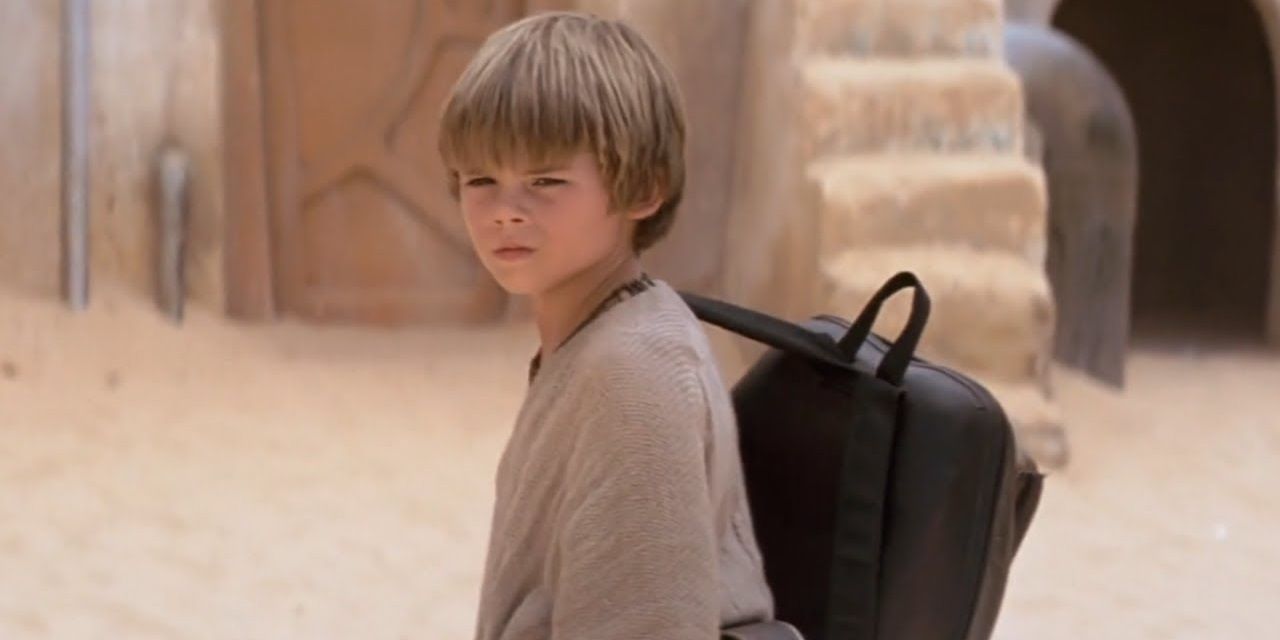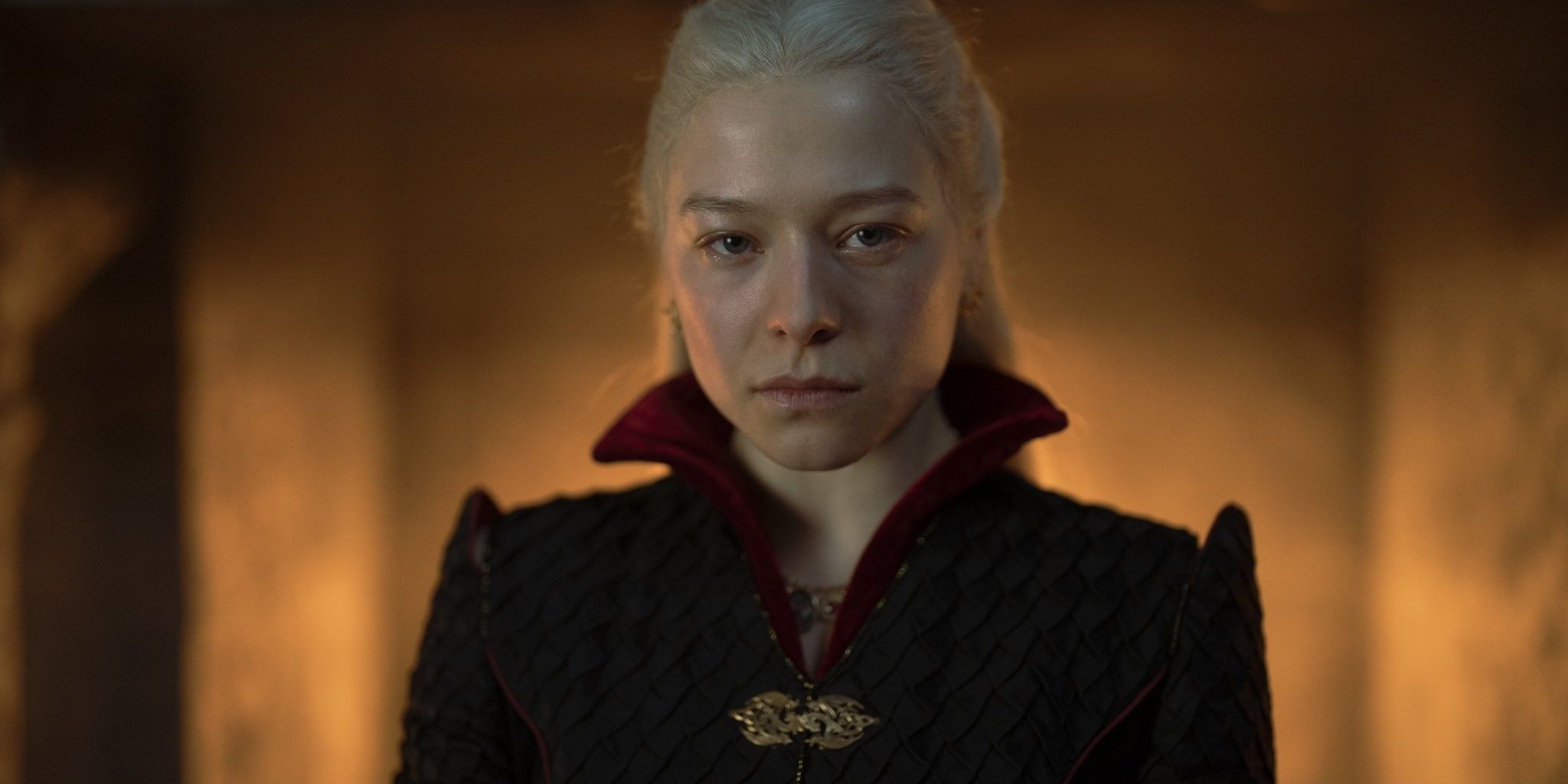Prequels are tricky to get right. By virtue of the fact that the audience already knows where the story is going, the writers of prequels don’t have the element of surprise that makes most narratives engaging. 2022 has been a great year for prequels. Ti West introduced a terrifying new slasher villain in X, then explored her backstory and psychological quirks in Pearl. Vince Gilligan, Peter Gould, and co. finally connected the dots between Better Call Saul and Breaking Bad in the spin-off’s final season. George R.R. Martin has taken Game of Thrones fans back nearly 200 years to examine an earlier generation of Targaryens. Tony Gilroy has taken a forgotten supporting character from Rogue One and turned him into one of the Star Wars universe’s most compelling antiheroes – all while depicting the Rebellion’s struggle against the Empire from the ground level – in Andor. There are a couple of hard-and-fast rules that prequels need to follow in order to be as successful as these.
Bring New Depth To Existing Characters
Prequels work best – and feel more necessary – when they focus on supporting characters who weren’t given much depth in the original story. A prequel is a great opportunity to round out an underdeveloped character from a beloved franchise. Solo: A Star Wars Story failed because everything that needed to be said about Han Solo’s hero’s journey was covered in the original trilogy. Andor succeeded because Rogue One had only scratched the surface of Cassian Andor’s dedication to the Rebellion; Tony Gilroy and his team of writers have expanded Cassian’s origins to tell the tale of every revolutionary in human history through the lens of a petty thief’s persecution under the Galactic Empire.
One of the greatest prequels ever made, Better Call Saul, took Walter White’s zany, one-liner-spouting lawyer Saul Goodman and turned him into a complex, tragic figure. Saul was just a one-note comic relief character in Breaking Bad, but Better Call Saul told the story of Jimmy McGill, a wayward young attorney who is corrupted by his undermining brother and an unfair society until a broken heart turns him into Saul. The Breaking Bad prequel turned Saul into arguably an even more complicated and three-dimensional character than Walt himself, and managed to bring more humanity to Mike Ehrmantraut and Gus Fring along the way.
Use The Inevitability Of Fate As A Dramatic Tool
It’s often said that the drawback of prequels is that the audience knows where the story is going. Cassian Andor is going to be killed by the Death Star, Pearl is going to become a sexually frustrated serial killer, and criminal lawyer Jimmy McGill is going to become *criminal* lawyer Saul Goodman. But the best prequels use this supposed drawback to their advantage and use the characters’ inevitable fate as a dramatic tool. Writers can use their audience’s familiarity with the unavoidable outcome of a character’s life to create a kind of tragic irony. Cassian Andor unwittingly helps to build the war machine that will eventually kill him. Pearl dreams of leaving her humble farming life behind and becoming a Hollywood star, but viewers of X know that she’s doomed to live out the rest of her days on that farm. The writers of Better Call Saul used the absence of Kim Wexler and Nacho Varga in Breaking Bad to keep audiences on the edge of their seats throughout their arcs in Saul.
The Star Wars prequels use this technique brilliantly. In The Phantom Menace, George Lucas introduced Anakin Skywalker – the boy who would be Darth Vader – as an adorable, bright-eyed nine-year-old podracer who wants to be a Jedi. No matter what, this sweet, naive, innocent kid will eventually turn to the dark side, slaughter his fellow Jedi, and rule the galaxy with an iron fist.
Tell A Story Worth Telling
Ultimately, the most important thing for any prequel is to tell a story that actually needs to be told. They can’t coast by on franchise recognition alone. There needs to be a story worth telling and character arcs worth investing in for audiences to really care. Monsters, Inc. is about the power of Mike and Sulley’s friendship; fans didn’t need to see how they met in college. Prometheus filled in the biological backstory of the Alien franchise’s xenomorph creatures, but the xenomorphs didn’t need an origin story; the less the audience knows about them, the scarier they are.
The best prequels have strong enough narratives that they would work even if their predecessors didn’t exist. Without the larger context of Star Wars, Andor is a gripping spy thriller full of compelling characters set in a galaxy far, far away. Without knowing how things turned out in X, Pearl is still a deeply disturbing psychological horror movie. Without having experienced the thrilling saga of Heisenberg, Better Call Saul is still a captivating crime drama about a lawyer gradually turning to the dark side.




